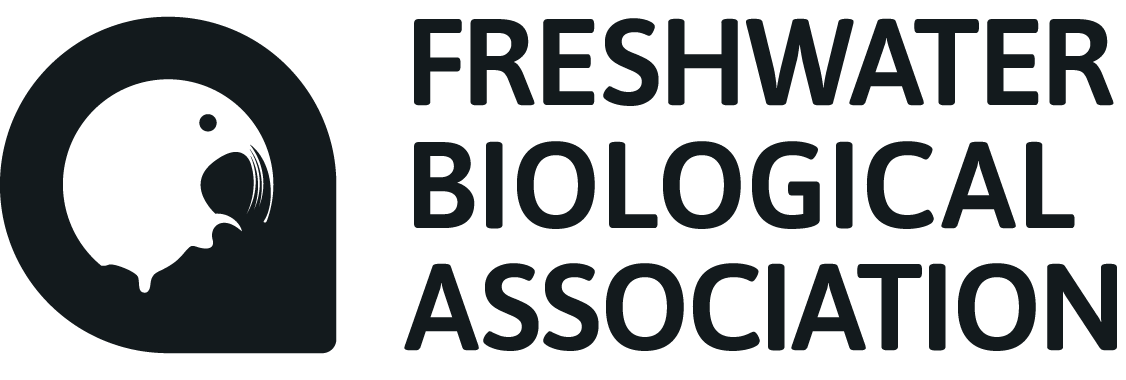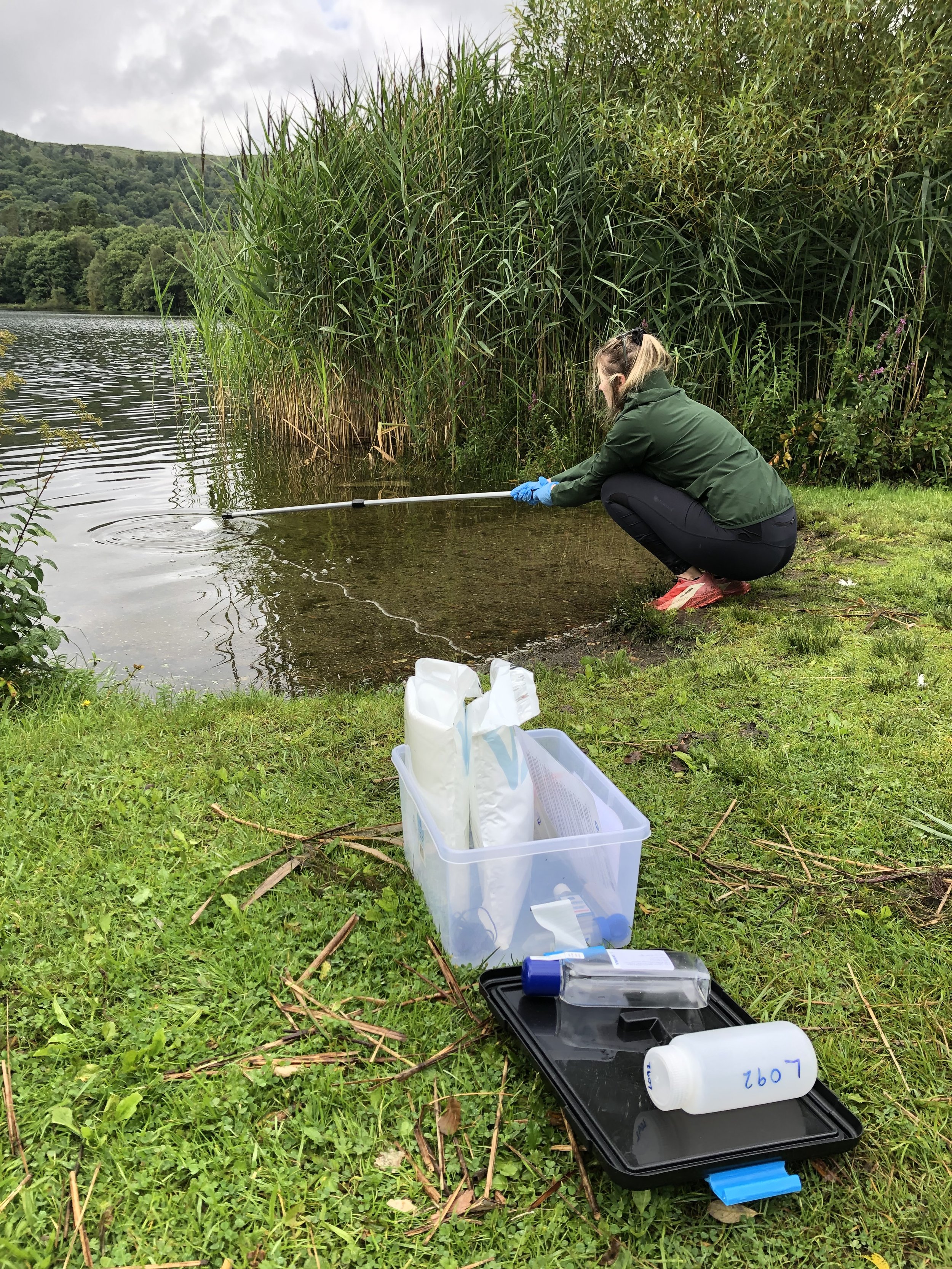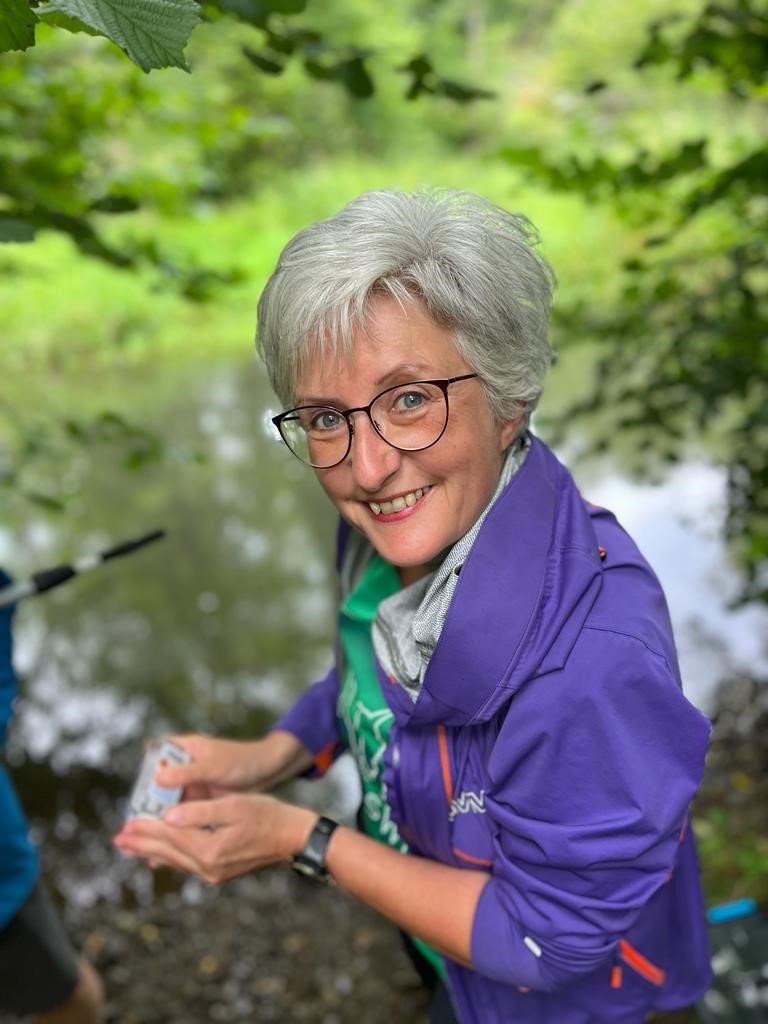
Big Windermere Survey - August 2023 Results
The Freshwater Biological Association and Lancaster University are excited to share with you the results of the August 2023 Big Windermere Survey!
On Sunday 13th August, water samples were collected by volunteers from 110 sites throughout the Leven catchment. This was the fifth survey to date and the first survey representing the summer season as it went into its second year. Ten new sites were included for the survey’s second year to address gaps in spatial coverage and cover areas where water quality concerns had been expressed. New sites included: Trout Beck at Church Bridge, Bleak Beck which flows out of Middlerigg Tarn, two locations on Mill Beck in Windermere, the River Leven at the outflow of Windermere, Cunsey Beck at Eel House Bridge, two locations on Wilfin Beck at Far Sawrey and High Cunsey, Moss Eccles Tarn, and Mandale Beck which flows out of Loughrigg Tarn. You can see all locations on this map.
Samples have been analysed for the concentration of nutrients within research laboratories at Lancaster University and bacterial analysis was completed at externally-accredited laboratories following standard protocols. To find out more about the water quality parameters that are analysed, please read our Water Quality Guide.
Compared to previous results, data from the latest Survey reveal higher concentrations of phosphorus at many lake sites in the catchment. For Windermere itself, only 3% of samples collected from the lake’s shoreline contained sufficiently low concentrations of phosphorus to meet default standards for ‘High’ or ‘Good’ status under UK legislation. The elevated phosphorus concentrations observed in August 2023 are potentially significant for the ecology of the lake, with phosphorus being one factor linked to the growth of algae within Windermere.
For bacteria, around two thirds of samples from the catchment had relatively low concentrations, consistent with standards from the European Union Bathing Water Directive for Excellent or Good bathing water quality. However, the remaining third of sites contained higher concentrations of E.coli or intestinal enterococci bacteria.
The full data set is now available to view on a map via Cartographer and our Results Summary explains the results in more detail.
Many thanks to our dedicated team of citizen scientists who contributed towards the August survey and who are helping us to gain an understanding of the water quality in the Leven catchment throughout the seasons.
Click to read our Results Summary, or see the full dataset on Cartographer.
For any queries, please contact: windermere@fba.org.uk or have a look at out our FAQs.




